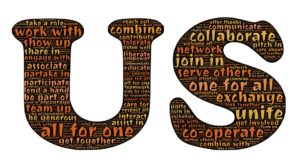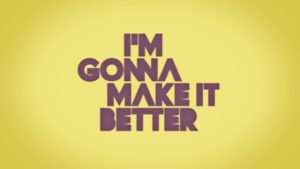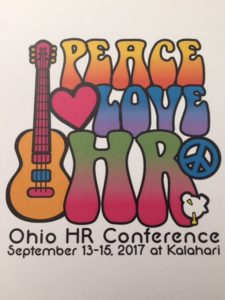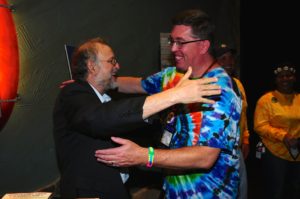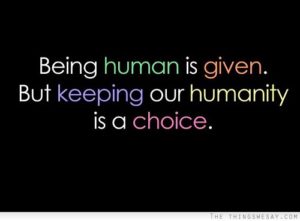HR is often a profession practiced in isolation. That’s unfortunate but true. HR folks are isolated both inside their organization somewhat because of the nature of the work that we do, and outside because HR people are reluctant to connect on purpose. I find that amazingly ironic that we work with humans all day, but don’t have many HR connections. I understand that people have different capacities when it comes to how many connections they have, but to continue to work in an isolated manner will only hurt you in your career.
Why are we so hesitant in connecting? Do we just want to get away from our work and we feel that if we have HR friends, we never really break away? Is it because we are slow to trust people?
I’m sure there are other questions that may answer this situation. However, I think that if you’re alone, you need to remedy that. Please note that what I’m encouraging you to consider is far more than networking. I think you should have friends who work in HR.
This past week I had the opportunity to travel to Nebraska to meet new HR folks in both Omaha and Grand Island. I then went to the annual Volunteer Leader Summit in Washington, D.C. where I saw many old friends as well as met many new HR peers. These events are extremely invigorating for me !! I feed off the idea of meeting new people – especially those who are in HR.
 During my time in D.C., I was fortunate to go to the retirement celebration of SHRM CEO Hank Jackson. We gathered at The Phillips Collection museum which has a limited exhibit of Renoir paintings including the famous Luncheon of the Boating Party. A docent from the museum spent about 15 minutes explaining all of the nuances of this French impressionism masterpiece. I’m a huge art geek and I could have listened to her for hours. The one point that she made about the piece was that the boating party Renoir painted was made up of his friends. His friends !! in
During my time in D.C., I was fortunate to go to the retirement celebration of SHRM CEO Hank Jackson. We gathered at The Phillips Collection museum which has a limited exhibit of Renoir paintings including the famous Luncheon of the Boating Party. A docent from the museum spent about 15 minutes explaining all of the nuances of this French impressionism masterpiece. I’m a huge art geek and I could have listened to her for hours. The one point that she made about the piece was that the boating party Renoir painted was made up of his friends. His friends !! in
Having friends in HR is necessary because they DO understand what you face on a daily basis. They DO feel the same ups and downs. They want to be included in their organizations as partners and contributors. The anxiety and concern that you may have in your head about stepping out to have friends just isn’t the case.
You see, we all want to belong. It’s innately human. Since we work in a field where we don’t have many friends internally within our companies, we need to find some outside. Whenever I go to HR events to speak or attend, I seek out HR peers to make sure to get to know them and get them to break out of the funk they’re too often sinking in. I do this by intentionally taking time to greet them, talk to them and learn something unique about them, and get them connected with others. I can’t stand seeing people remain isolated.
Are you isolated? Fix that. Reach out to someone else in HR and make a friend. Someone who will listen, grow and thrive with you. What’s the result in doing this? Your friends will become YOUR masterpiece !!




